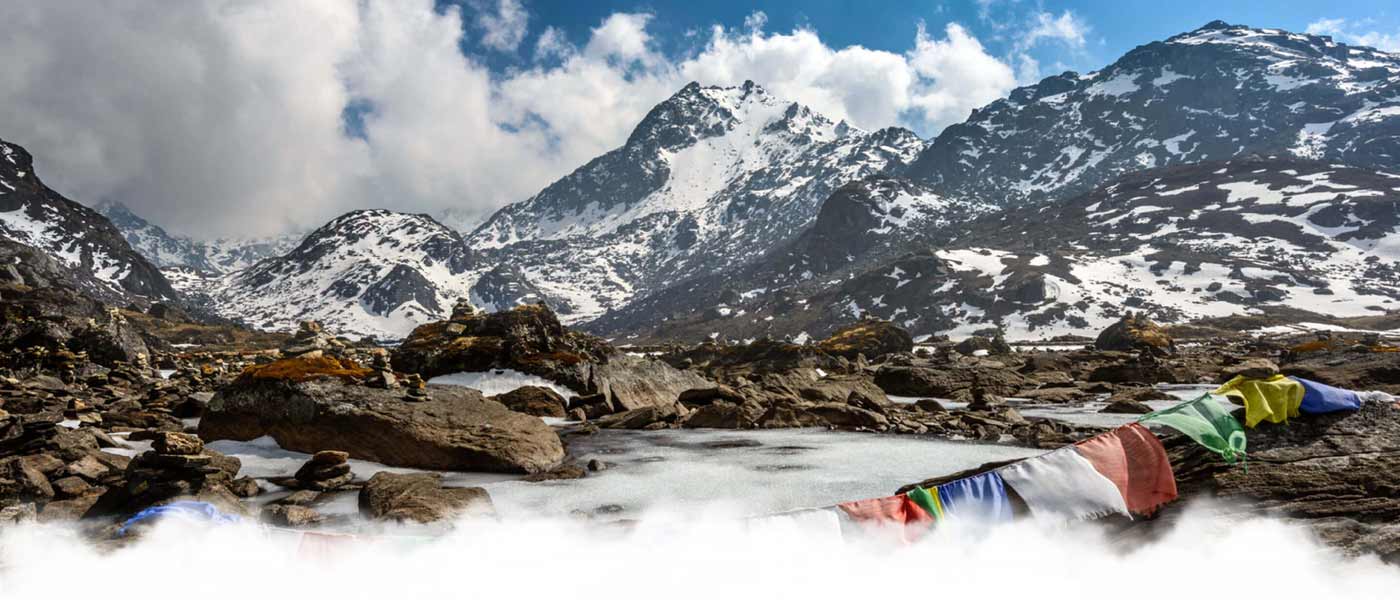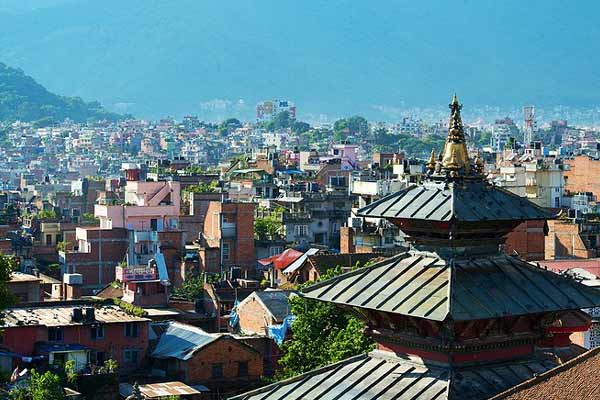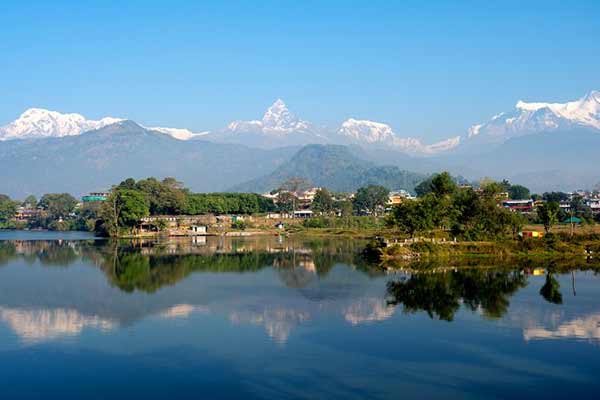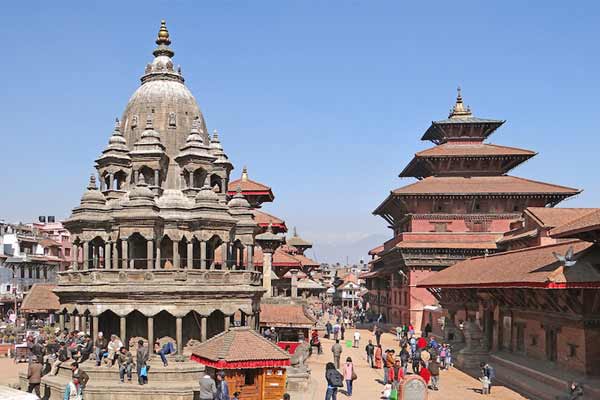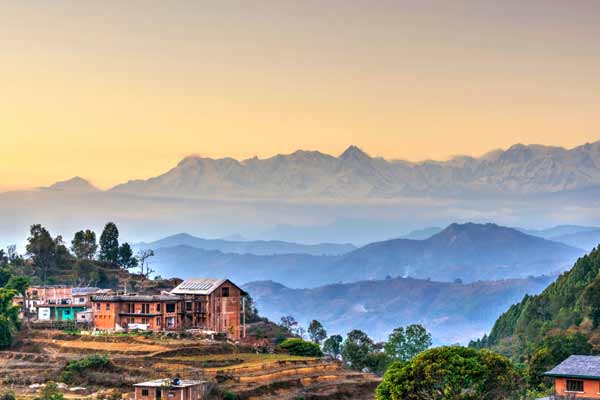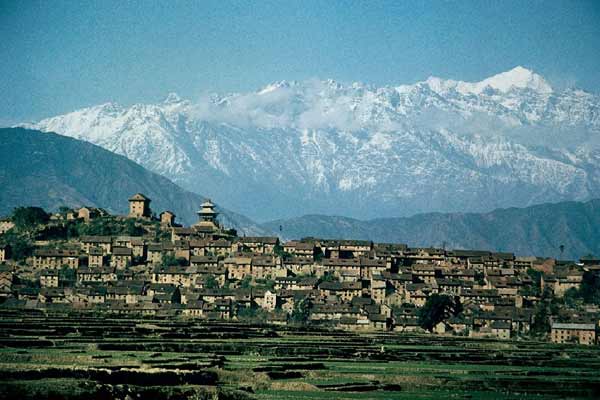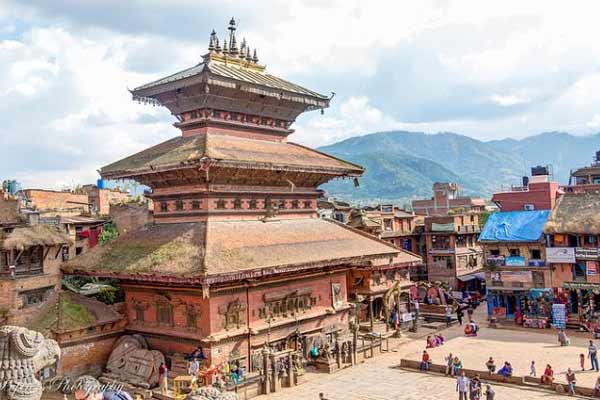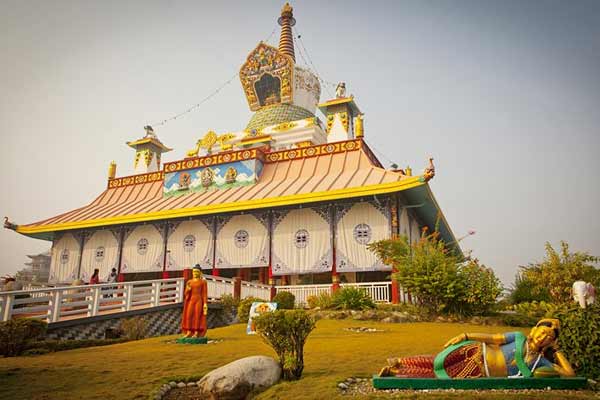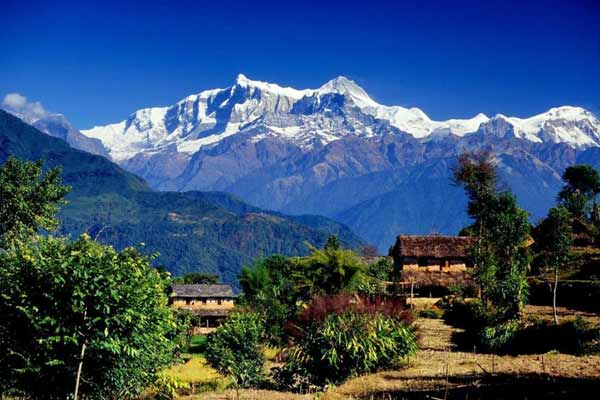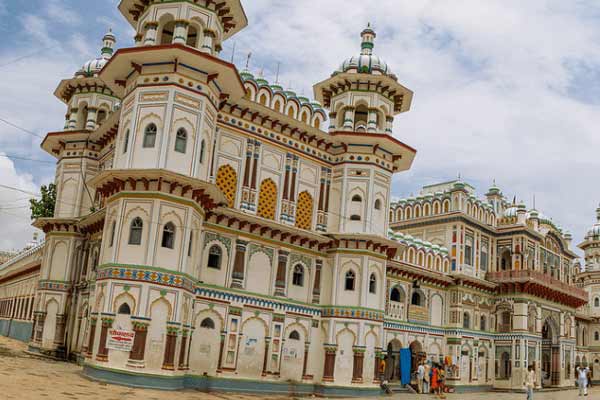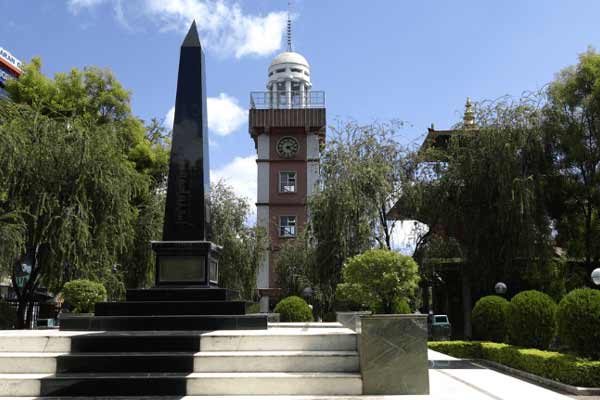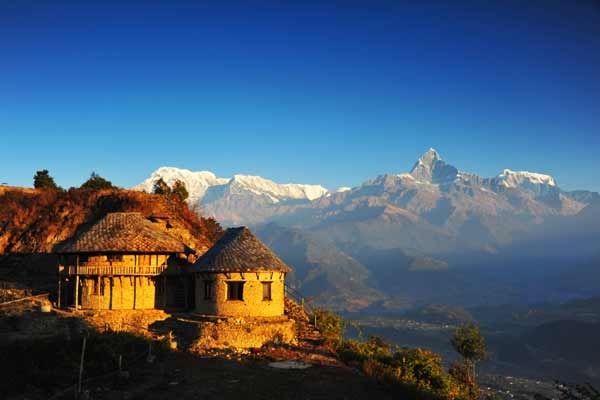
Chitwan
Chitwan National Park is one of the famous destinations among travelers and animal lovers. There, you can enjoy the movement of wildlife like rhinos, deer, crocodiles, monkeys, bears, even tigers if you’re lucky! Tour can either be done by foot, elephant riding or jeep safari. Founded in the 70’s, this national park has an area of about 1000 square kilometers. Nepal army is protecting the area from the establishment of the park. Chitwan national park having its wide area has been protecting not only the animals but also the bio-diversity and the nature. Chitwan lies on the low land of Nepal thus flat green terrain is even better looking while you do safari. The witness of wild animalsnwill add sweet memories to your trip in Nepal. We have 2N/3D tour to Chitwan National Park which can be a really good getaway after a long trekking or peak climbing expedition. You can also customize this trip as you wish.
The park is actively engaged in the scientific study of several species of wild flora and fauna. The Chitwan region has had a long history of conservation. For many years it was the Royal hunting grounds for the Kings and dignitaries of Nepal and therefore was not hunted by the general public. It did however become a favorite spot for big game safari hunters in the late nineteenth and early to mid-twentieth centuries. This was coupled with a surge in local human populations following the development of anti-malaria medicines in the mid-twentieth century. The long-term effect was a drastic decrease in jungle habitat and animal populations in the Chitwan valley as jungles were converted to farmland and big game were hunted and poached to dangerously low numbers. The falling rhino (less than 200) and tiger (less than 30) populations in the present park region, focused attention on the Chitwan region and in 1963 the southern two-thirds of the park were declared rhino sanctuary. With sanctuary status began the relocation of 22,000 people from the Chitwan valley and a moratorium on hunting. Since 1963 wildlife populations and ecosystems have been rebounding. In 1973 Chitwan became Nepal’s first National Park. The relatively pristine state of the modern park and its unique ecosystems prompted UNESCO to declare the park a World Heritage site in 1984.
Within the park lie the Churia hills, ox-bow lakes, and the flood plains of Rapti, Reu and Narayani Rivers. The Churia hills rise gradually towards the east from 150m. to over 800m elevation. The lower but more rugged Someshwor hills occupy most of the western portion of the park. The flood plains of Chitwan contain rich alluvial soils. The park boundaries have been delineated by the Narayani and Rapti Rivers in the north and west, and the Reu river and Someshwor hills in the south and south-west. It shares its eastern border with the Parsa Wildlife Reserve.
The park is influenced by a tropical monsoon climate with relatively high humidity. Winter, spring and monsoon are the three main seasons. The cool winter season occurs from October to February. Spring begins in March and is soon followed summer that ends in early June. Summer days are typically hot with up to an average 30C daytime temperature. The monsoon usually begins at the end of June and continues until September. The mean annual rainfall is about 21-50 mm. and during this time of the year rivers are flooded and most of the roads are virtually impassable.
The Chitwan Valley is characterized by tropical to sub-tropical forest. Roughly 70% of park vegetative cover is sal (shorea robusta) forest, a moist deciduous vegetation type of the Terai region. The remaining vegetation types include: grassland (20%), riverine forest (70%), and sal with chirpine (pinus roxburghii) (3%) forest, the latter occurring at the tops of the Churia range. The riverine forests consist mainly of khair, sissoo, and simal. The simal has a spiny bark when young and develops buttresses at the bottom in older stages. The grasslands form a diverse and complex community with over 50 species.
Nepal Top Destinations
Nepal is a country filled with beautiful destinations for travelers. Nature itself has blessed the country with lots of beauty. The ‘beauty’, defined by different mountains, lakes, caves, glaciers and many more. Nepal has a lot of offer for travelers, hikers, and nature seekers. The diversity in Nepal’s nature and a range of exotic culture makes Nepal ideal for tour and travel activities with family and friends. Nepal is often said, is a utopia of natural beauty. The marvelous scenic beauty of Himalayas of Nepal is not only remarkable but offers a lifetime experience to patrons. Surrounding the former royal city-states of Kathmandu, Patan and Bhaktapur, the Kathmandu Valley is packed with fascinating cultural sites. This UNESCO World Heritage-listed region is up there on the list of Nepal destinations not to miss, set within picturesque rural landscapes which are dotted with small Newari villages. The Bodhanath Stupa lies just outside of Kathmandu and is one of the largest of its kind in the world, dating to around the 6th century. Also of note is the shrine of Swayambhunath, affectionately known as the “Monkey Temple” for its resident primates, which dates to the 5th century. Today it still plays an important role in the lives of Nepal’s Vajrayana Buddhists and the Newari Buddhists living in the Kathmandu Valley.
 +91 9799050299
+91 9799050299 